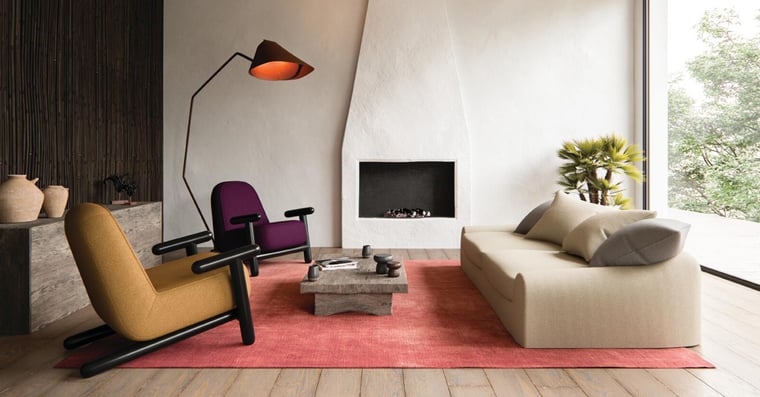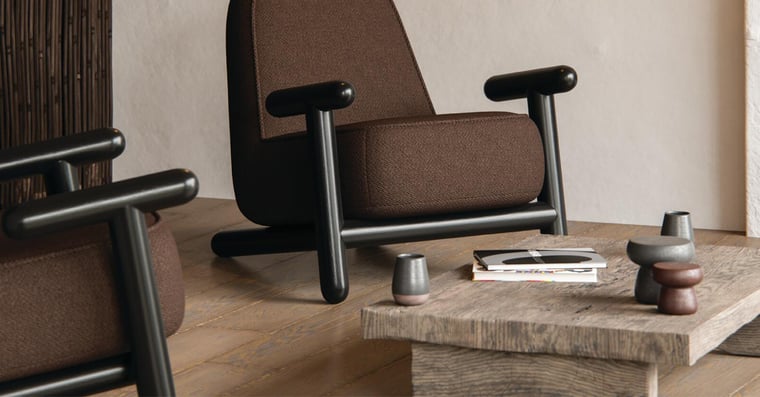
3D visualisation: What interior designers must know
Published by Admin on
Feb 22, 2021 7:06:54 AM
Interior design has evolved from simply knowing how to arrange furniture and choose colour schemes to careful consideration of architectural details and ergonomics. Just two decades ago, producing a sample or design concept for the client was an arduous process, including hand-drawn sketches and even mini room models to showcase their creative ideas.
Times have changed and, in this digital age, outdated and outmoded tools won’t be efficient when you have to stand out against your competitors, especially in a demanding and exciting industry such as interior design. To be on the leading edge, embracing all the advantages technology has to offer is the way to go.
What is a 3D Digital Visualisation?
3D Visualisation is the art of creating three-dimensional models. These can be of figures, landscapes, and interior layouts. The models include furniture, drapery and accessories and these can be viewed from any perspective or angle as well as varying lighting conditions with an accurate representation of dimensions, proportions, texture and colour.
What is a 3D Render?
3D rendering is the process of converting these 3D models into 2D images on a computer. For the interior design industry, the photorealistic quality of these images is incredibly important.
What are the advantages of 3D Visualisation for Interior Design?
The benefits of 3D exist even from the initial stages of project planning. As designers plan walls, partitions and traffic flow, they can create the 3D model to include even the smallest finishes like cabinet handles. In so doing, the interior designer can create the atmosphere and mood the client desires, even when the space might still be under construction.
3D visualisation can also help to identify flaws that may otherwise be overlooked through the conventional 2D approach. Any flaws or revisions can be discussed with the client and corrected before construction or project installation commences. If the client wants to make changes because they prefer a new colour or fabrics, these changes can easily be made in the 3D visualisation.
The benefit of this is efficient revision process is a saving of both time and money. Previously, designers would have to create an entirely new sketch or pull new samples if the client wanted changes and it was a time-consuming process with additional expenses for samples and supplies. With digital assets, changes are made quickly and it costs nothing to include a new fabric or piece of furniture in a render.
Showcasing an interior design concept using 3D visualisation also reduces effort from the client. They don’t have to try to imagine the space; it’s all there to see in photorealistic quality with everything they want to be represented clearly. This positively affects the client because they can analyse every detail and collaborate with the interior designer to achieve a concept they love and that’ll expedite sign off. 
How can Interior Designers incorporate 3D Visualisation into their business operations?
Twinbru offers a full range of visualisation services and technology that is cost-effective and efficient. We also have a digital library of over 10,000 Bru fabrics that can be utilised in visualisation and renders. These fabrics are market-ready with a fully automated supply chain behind them, making it easy for interior designers to order the fabrics and drapery they need for their projects.
Come explore what our high-quality modelling and rendering can do your interior design business by contacting Twinbru today!
Tags:
Architecture,
Interior Design,
Digital fabric innovations,
3D Rendering,
3D Visualisation,
3D Modeling,
Technology